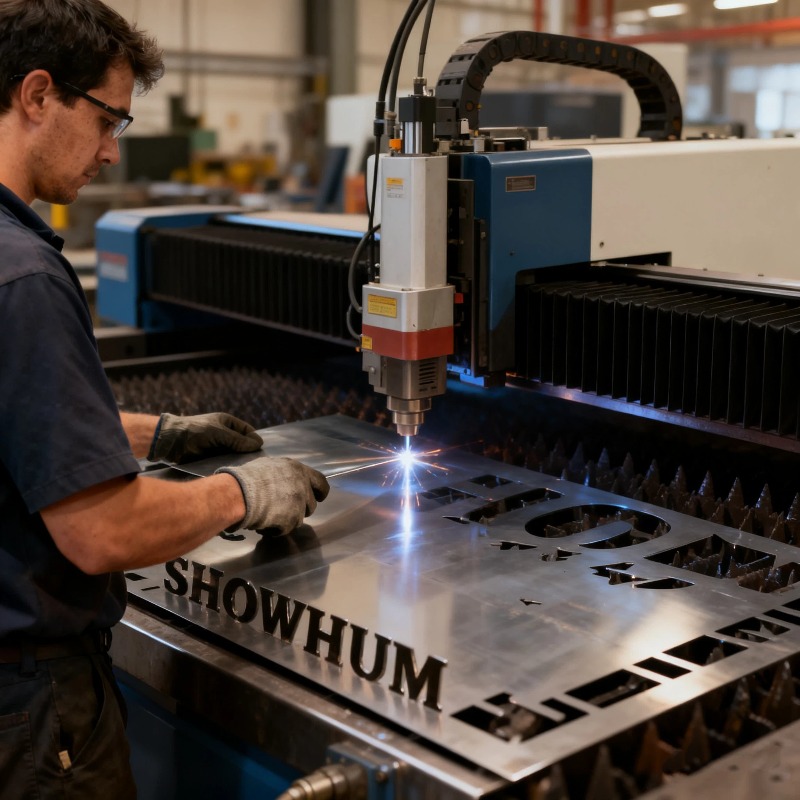
In the world of manufacturing and production, the machine tools industry plays a crucial role. From the early days of simple manual tools to the cutting-edge computer numerical control (CNC) machines of today, the industry has witnessed remarkable advancements. This blog post explores the evolution of the machine tools industry, highlighting the precision and innovation that have shaped its development.
The Birth of Machine Tools:
The machine tools industry has its roots in the Industrial Revolution when mechanization became essential for improving productivity. Early machine tools like lathes and milling machines were manually operated, relying on the skill and expertise of the operators. These tools laid the foundation for the future growth of the industry.
Rise of Precision Engineering:
As industrialization progressed, the demand for precise and accurate parts grew rapidly. This demand led to the development of precision engineering techniques, which focused on producing components with extremely tight tolerances. Machine tools became more sophisticated, incorporating advanced features like gear mechanisms, lead screws, and slide rests. These innovations allowed for higher precision and repeatability in machining operations.
Advent of CNC Technology:
The advent of computer numerical control (CNC) technology revolutionized the machine tools industry. With CNC machines, the manual operation was replaced by computer programming, enabling greater automation and precision. CNC machines offered numerous benefits, including higher production rates, reduced human error, and the ability to produce complex shapes and contours. This technology paved the way for advanced machining processes like multi-axis milling, turning, and electrical discharge machining (EDM).
Integration of Automation and Robotics:
In recent years, the machine tools industry has witnessed a significant integration of automation and robotics. This integration has further enhanced productivity and efficiency. Automated systems can now handle tasks such as material handling, tool changing, and quality inspection. Robots are being employed for tasks that were traditionally performed manually, leading to improved safety and reduced cycle times. The use of artificial intelligence and machine learning algorithms has also enabled predictive maintenance and optimized production scheduling.
Advanced Materials and Manufacturing Techniques:
The machine tools industry has adapted to the growing demand for machining advanced materials, such as titanium alloys, composites, and ceramics. New cutting tools and machining techniques have been developed to overcome the challenges posed by these materials, including their high hardness and low thermal conductivity. Innovations like high-speed machining, laser machining, and abrasive water jet cutting have expanded the capabilities of machine tools, making them suitable for a wide range of applications.
Conclusion:
The machine tools industry has come a long way since its inception, evolving from manual operations to sophisticated computer-controlled systems. Precision engineering, CNC technology, automation, and advancements in materials and manufacturing techniques have transformed the industry, enabling higher levels of productivity, accuracy, and versatility. As we move into the future, the machine tools industry is poised to continue its growth, driven by innovation and the demand for precision machining in various sectors, including aerospace, automotive, medical, and electronics.
 Sheet Metal Fabrication: Precision, Durability, and Versatility for Industrial Applications
Sheet Metal Fabrication: Precision, Durability, and Versatility for Industrial Applications
Sheet Metal Fabrication: Precision, Durability, and Versatility for Industrial Applications